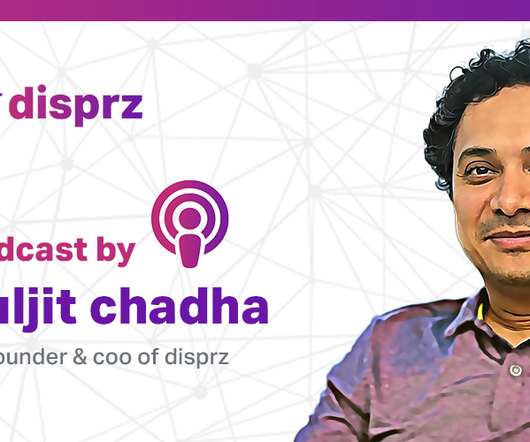A Brief History of AI
Learningtogo
AUGUST 26, 2021
Humans have been using machines to augment our capabilities for a long time, so it’s only natural that we’ve come to a point where we’re looking to replicate our cognitive processes in some of those machines. Alan Turing predicts that machines might one day mimic the cognitive functions of humans. A Brief History of AI.




















Let's personalize your content